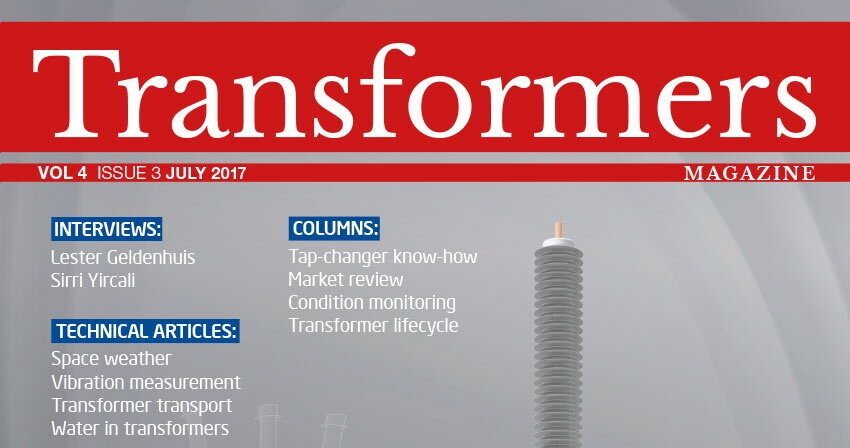
Editorial message
Dear Readers, In the previous issue of Transformers Magazine, my message highlighted how the information on the technology and market trends that the magazine brings...
byMladen BANOVIC

Dear Readers,
In the previous issue of Transformers Magazine, my message highlighted how the information on the technology and market trends that the magazine brings can help companies to stay updated and increase their ability to respond promptly to ever-changing requirements and conditions in the industry. Following this, I had discussions with people at some industry events who showed more interest in this, and held presentations on this matter. Considering the stirred interest, I would like to point to important aspects that emerged out of these discussions – one of which is the reliability of transformer operation.
I think there is some kind of a consensus that reliability is a number one requirement driving technology trends today, among other requirements such as extending asset lifetime, reducing operational costs and reducing the impact on the environment. For some applications there are equally important requirements that concern overloading capability, reduction of size/weight, enabling infeed of renewable energy, etc.
Coming back to reliability, let me quote a statement that was recently published in our magazine: ”Every day across the United States, half a million people on average are impacted by power outages, which carry an estimated annual cost of at least $150 billion and rising.”
Taking into account that these figures refer to the U.S. only, we can only imagine what the global figures are. That being so, blackouts are the nightmare of today’s energy industry, no matter where in the world utilities operate. Therefore, solutions which help increase reliability, i.e. help avoid failures or decrease the impact of failures on the society are precious. I would like to point out some of them, such as the solutions for prevention of transformer explosion which are available for power transformers and are expected to be available for distribution transformers in the near future; a shift to ester liquids due to the fire safety they provide; online monitoring, etc. There are many other solutions that we have published about.
What is important here is that these solutions have to be reliable enough so as not to reduce transformer reliability. I recall a discussion at a conference last year, when we, for the sake of argument, discussed how far the applicability of online DGA systems can go. This brought up a question if it would be useful to have some kind of a micro DGA system for installation on bushings. It was definitely an interesting idea, but the conclusion was that, first, we would have to be sure that such system would not reduce the reliability of bushings.
Unfortunately, the reality is that this sometimes happens, and you can read about it in the interview with Lester Geldenhuis, who explains the problems caused by devices that are brought to transformers with the aim to increase their reliability. In the end, these devices sometimes cause more maintenance work than what is required for transformers.
On the other hand, many may say that this is not that bad because it is much better to have the information about transformer’s condition and a failure on an auxiliary device than having an unexpected transformer failure. This causes much less risk and damage.
I think that we have to keep the balance here. By testing solutions we can get some experience, improve what can be improved, and then accept those that show the potential to increase transformer reliability. A first step towards this is to have the right information about problems that transformer users worldwide experience and about solutions we can use to solve the problems of our customers. One of the most effective ways to do this is to stay tuned with Transformers Magazine, which brings such information.
In this edition, we start with an overview of the most relevant news and market analyses published over the past three months. This time, our two interviewees come from the utility and manufacturing sectors, sharing some hands-on experience and information on the transformer fleet maintenance issues, and the operations and production of a manufacturing plant, respectively. In addition, our four regular columns and a selection of technical articles and advertorials will keep you informed on some of the most topical issues in a range of subjects concerning power transformers.
I hope you will enjoy the content, finding it useful in everyday work.
Have a pleasant reading!
Mladen Banovic, Editor-in-Chief







